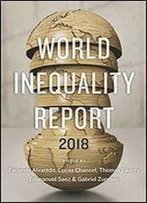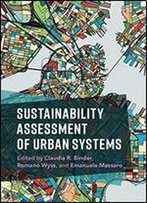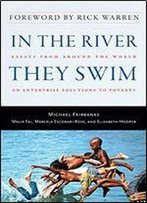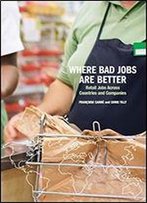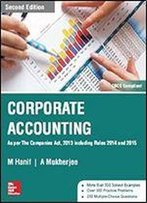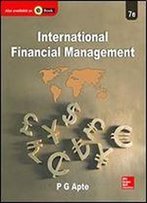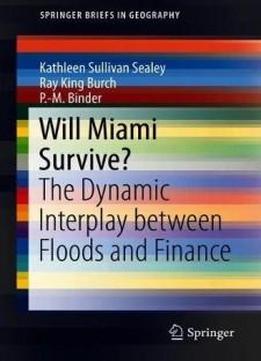
Will Miami Survive?: The Dynamic Interplay Between Floods And Finance (springerbriefs In Geography)
by P.-M. Binder /
2018 / English / PDF
16.7 MB Download
This SpringerBrief uses a complexity perspective to integrate
risk, finance, and ecological issues in Miami, USA. It focuses on
how the modern financial system, particularly the mortgage
market, perceives and manages the risk of climate change. Authors
Kathleen Sealey, Ray King Burch and P.-M. Binder offer the case
study of South Florida to illustrate how landscapes can be
either re-purposed to function ecologically when residents
relocate or rebuilt to reduce the threat of future flooding, the
tools needed to make these decisions, and how financial systems
view and influence them. While the need to integrate
financial markets into coastal (and environmental) management is
increasingly recognized, the difficulty of this task is made
greater by the speed of financial innovation and the obscurity
and complexity of its practices. This book will discuss the
innovative Southeast Florida Regional Climate Compact, and the
success of public-private partnerships in planning and adapting
to sea level rise, but also the broad disconnect with the
cash-and-credit-driven real estate market of South Florida.
This SpringerBrief uses a complexity perspective to integrate
risk, finance, and ecological issues in Miami, USA. It focuses on
how the modern financial system, particularly the mortgage
market, perceives and manages the risk of climate change. Authors
Kathleen Sealey, Ray King Burch and P.-M. Binder offer the case
study of South Florida to illustrate how landscapes can be
either re-purposed to function ecologically when residents
relocate or rebuilt to reduce the threat of future flooding, the
tools needed to make these decisions, and how financial systems
view and influence them. While the need to integrate
financial markets into coastal (and environmental) management is
increasingly recognized, the difficulty of this task is made
greater by the speed of financial innovation and the obscurity
and complexity of its practices. This book will discuss the
innovative Southeast Florida Regional Climate Compact, and the
success of public-private partnerships in planning and adapting
to sea level rise, but also the broad disconnect with the
cash-and-credit-driven real estate market of South Florida.
The book presents an interdisciplinary approach to the
understanding of the coupled human (including finance) and
natural systems in coastal cities, thus breaking new ground in
the approach towards sustainability research and education. The
final chapter introduces the social component of resilience which
include pre-disaster outreach with and the potential for decision
theory to help people understand and manage risk.
The book presents an interdisciplinary approach to the
understanding of the coupled human (including finance) and
natural systems in coastal cities, thus breaking new ground in
the approach towards sustainability research and education. The
final chapter introduces the social component of resilience which
include pre-disaster outreach with and the potential for decision
theory to help people understand and manage risk.

